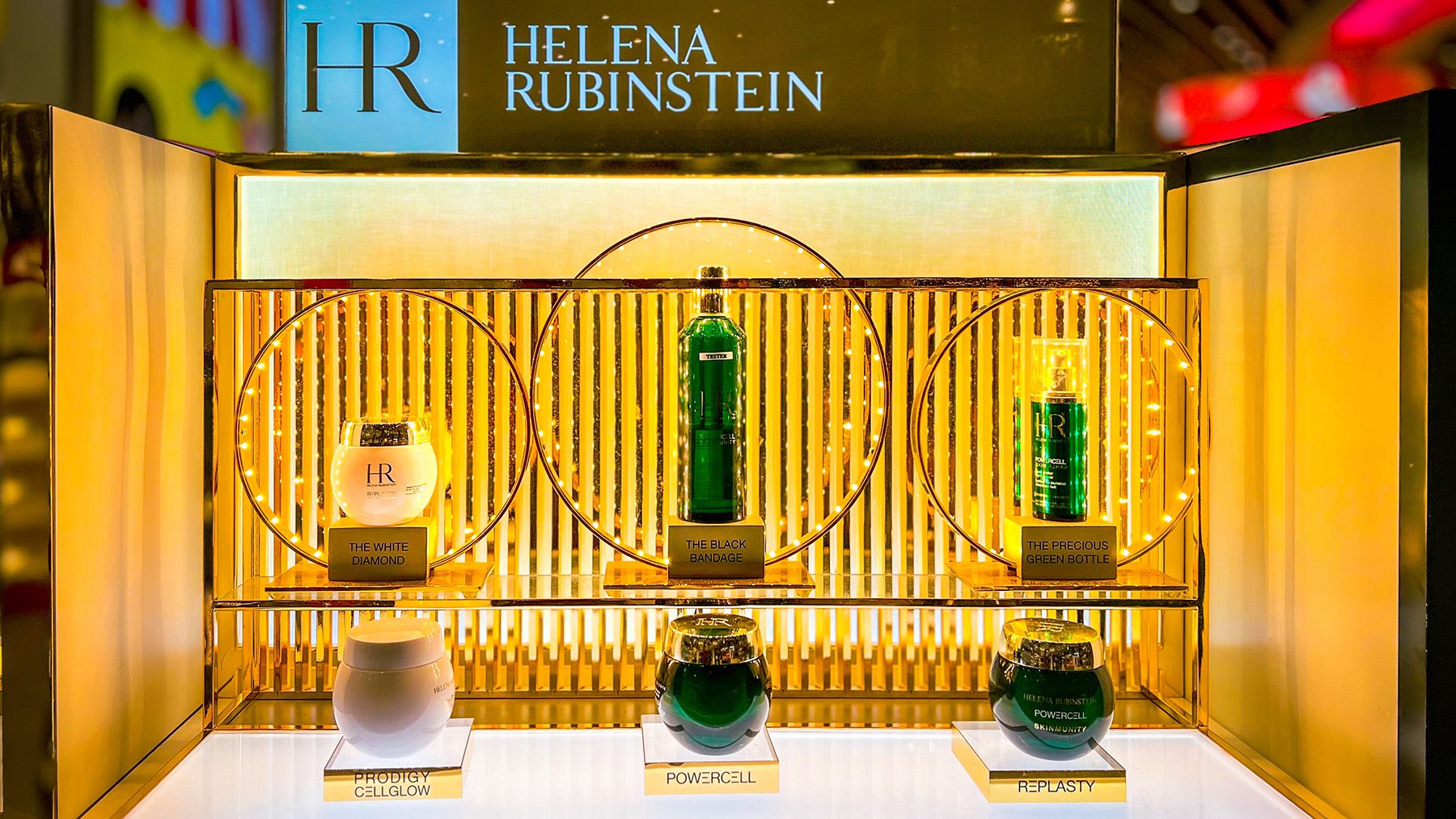
L’Oréal’s half year results came out July 27, and not surprisingly, the French company showcased impressive numbers. For the first half of 2023, sales climbed to €20.57 billion, or $22.6 billion, a 12 percent year-over-year increase. Business in Europe is booming, and the US and China continue to see gains. Beyond its impressive growth, its luxury division was an even brighter spot, with L’Oréal boasting the division “outperformed the luxury fragrance market, with double-digit” results.
And this week, Prada will unveil much-anticipated collections of makeup and skin care, its first beauty products outside of fragrance in over 20 years, which comes two years after a licensing agreement with L’Oréal went into effect. The offerings are premium, with face cream priced at nearly $400 and eyeshadow close to $90.
In addition to a focus on its licensed luxury businesses for fashion houses like YSL, Valentino and now, Prada, the conglomerate has recently turned to its own portfolio in hopes of creating the next big luxury beauty brand. L’Oréal is investing heavily in the revival of sleepier skin care lines that fizzled since their heydays, including Helena Rubenstein, an 80′s acquisition, and Carita, a line founded in 1952 with ties to high society.
Coty is taking a similar approach with Lancaster, the skin care line once used by Princess Grace of Monaco that fell by the wayside. In March, Coty relaunched Lancaster’s most expensive collection, Ligne Princière, in China. At a gala leading up to this year’s Cannes Film Festival, the conglomerate announced the unveiling of luxury fragrance, “Infiniment Coty Paris,” and a new serum under its “ultra premium” Orveda label.
At first glance, some of these older luxe lines that beauty giants are keen on reviving feel staid. Will people care about a brand used by Monaco’s royal family over 60 years ago or a makeup brand that got its start in 1902? That remains to be seen, but here’s an alternative take: in under a year, L’Oréal and Kering bought Aesop and Creed for $2.5 billion and $3.83 billion, respectively, and Estée Lauder spent $3 billion on Tom Ford so it can retain control of Tom Ford Beauty.
What if these conglomerates instead looked within their own arsenals?
With premium, the best place to start is at the top of the market — and with an existing property. You can dust off an old brand and figure out if you have something there. It’s a less M&A-centric mentality; here, a conglomerate can invest just millions, whether it’s $10 million or even $25 to $50 million, into an entity it already owns, has the formulas to and maybe as a bonus, has some nostalgia associated with it.
On the flip side, mass is almost impossible; it’s a proposition that requires convincing thousands of people, every single day, over time, to buy your product. The products need to have some modicum of “mass appeal,” which is incredibly difficult.
Now, more than ever, it makes sense for strategics to back smaller or defunct brands at the high end. With proper investment, the right team and an unlimited advertising budget (which L’Oréal certainly has), a successful revival could become a reality. (In June, McDonalds’ campaign around giant purple blob Grimace, who along with the Hamburglar, was one of the fast food chain’s most iconic mascots of the Seventies and Eighties, was a bonafide hit.)
It’s a smart hedge, and luxury is the easiest place to do it. Despite owning two of the most powerful mass brands in the world — L’Oréal Paris and Maybelline — premium beauty is perhaps the biggest priority for the company at the moment. In 2022, the luxe division drove nearly 40 percent of L’Oréal’s business, the biggest driver of sales in the entire company.
Even if a conglomerate were to spend hundreds of millions of dollars internally across a number of luxury ventures, only one or two need to be successful in order to justify the spend. If just a single brand takes off, the company will have saved money. Doing it this way is incredibly more cost effective.
And if it works, you become the next La Mer or Augustinus Bader — which is a hell of a lot cheaper than forking over billions of dollars for Tom Ford.



